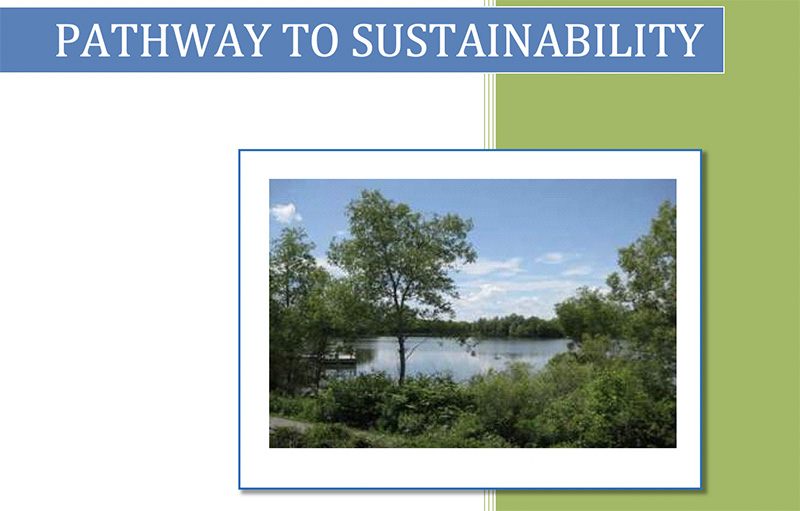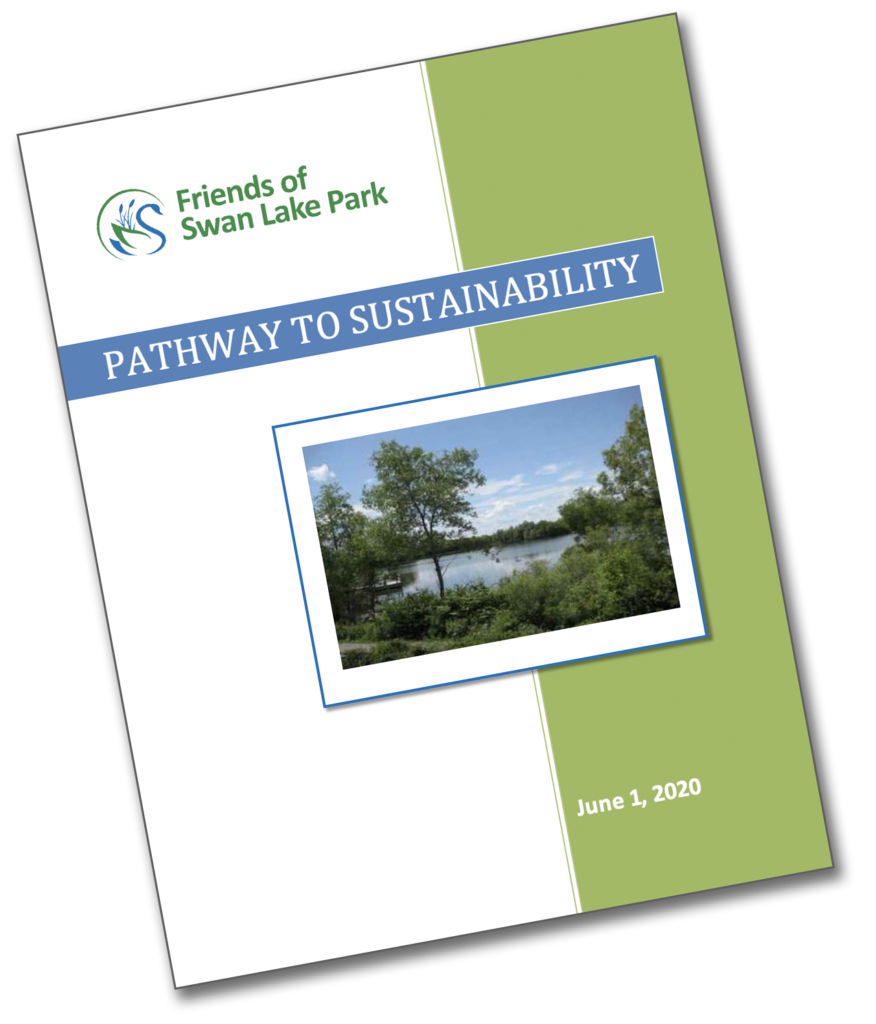Executive Summary
The Friends of Swan Lake Park are residents of Markham committed to saving Swan Lake and Swan Lake Park through environmental best practices that will restore safe lake water for sustainable human and wildlife activity.
Swan Lake Park in Markham is home to a rich diversity of wildlife. But this wildlife is threatened by the deteriorating water conditions in Swan Lake and the erosion of sustainable terrestrial habitat in Swan Lake Park due to the unchecked intrusion of invasive plants.
Over 27 years Swan Lake and surrounding land has evolved from an inactive, obscure gravel pit to the centre piece of a thriving community. To sustain this role, Markham must immediately put plans in place to ensure the park is environmentally safe for its citizens and wildlife.
The environmental elements in the Park are all interconnected and interdependent on each other. Once water quality gets out of balance, aquatic life and aquatic plants are directly impacted while other elements are negatively affected by the deteriorating aquatic conditions.
Water Quality Issues In Swan Lake
Water quality in Swan Lake has been regularly documented since development began in 1993.
- Excessive phosphorus was first noted in 2005. The water quality in the Lake has deteriorated annually ever since (See Appendix D).
- In 2012, in terms of water quality, Swan Lake ranked 15th out of 17 man-made lakes in Ontario.
- In spite of efforts to improve the water quality through a Phoslock treatment in 2013 and an aggressive goose management program, the water quality today is as bad as in 2012.
- Dissolved oxygen levels in the lake have deteriorated to the point that many fish have died.
- In a recent survey, 99% of respondents expressed concern about the bacteria in the lake water.
- Analysis by the city’s water quality consultants, Freshwater Research, attributes 63% of the current gross phosphorus load in Swan Lake to internal sources.
- Phoslock or aluminum can efficiently reduce the existing phosphorus in the lake. Additional actions are required to minimize the buildup from external sources such as migrating geese (51% of external load) and stormwater runoff from adjacent areas (49% of external load).
Download the full 68 page report in PDF format here.



